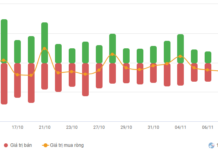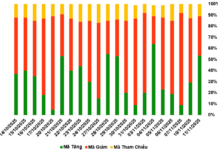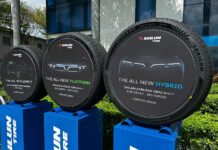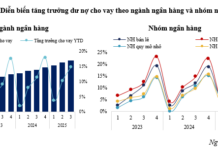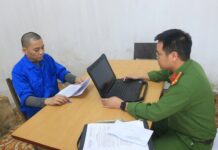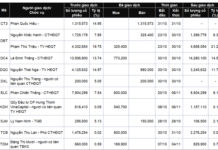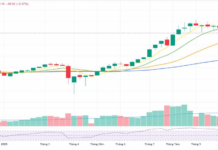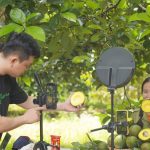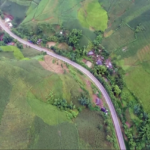On the morning of September 23, Tien Phong Newspaper hosted a seminar titled “Enhancing Quality and Safety of Domestic Agricultural Products.”
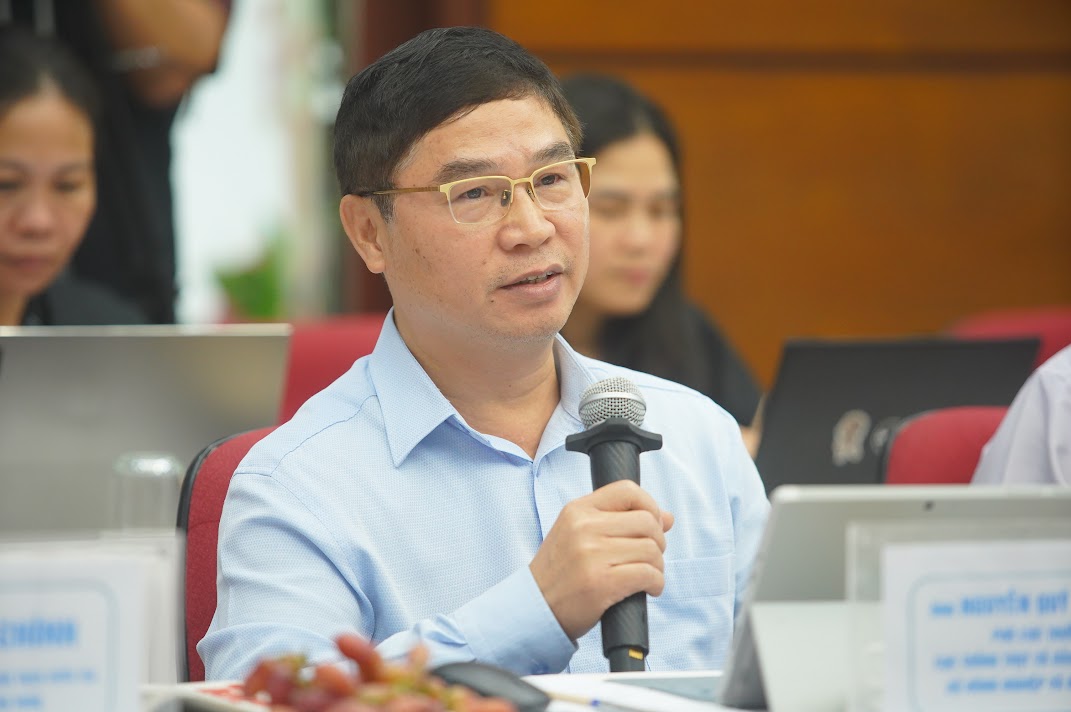
Mr. Nguyen Quy Duong – Deputy Director of the Department of Crop Production and Plant Protection
VietGAP Certified Vegetables Account for Only 1%
Mr. Nguyen Quy Duong, Deputy Director of the Department of Crop Production and Plant Protection under the Ministry of Agriculture and Environment (MAE), emphasized that ensuring food safety begins with production practices. Since 2008, the MAE has issued regulations and encouraged production according to VietGAP standards, with subsequent government support policies.
Currently, there are two main certification systems: VietGAP and GlobalGAP. However, these are not mandatory but rather encouraged to promote safe production, protect public health, and preserve the ecological environment.
Despite these efforts, the area of production meeting these standards remains modest.
According to a quinquennial survey released in 2024, the total VietGAP-certified area for six crop groups is approximately 150,000 hectares. Specifically, vegetables account for only 8,000 hectares out of 1.15 million hectares—less than 1% (around 0.5-0.6%). For fruit trees, the certified area is about 76,000 hectares, and for tea, it’s around 5,200 hectares.
Including other certifications like GlobalGAP, the total certified area reaches about 440,000 hectares. Vegetables still account for just over 8,400 hectares, while fruit trees reach approximately 78,000 hectares. These figures are modest compared to current production scales and consumption demands.
“Vegetables, a daily staple primarily consumed domestically, have an extremely low rate of safe production. For fruits, while certified areas are higher, they mainly serve export markets,” Mr. Duong noted.
Why Is Safe Vegetable Production So Limited?
According to the Deputy Director of the Department of Crop Production and Plant Protection, despite policies encouraging VietGAP and similar standards since 2012, actual certified areas remain insufficient after over a decade.
Beyond VietGAP, there are direct safety commitments between farmers and consumers, but these remain small-scale and fragmented.
Mr. Nguyen Van Muoi, Deputy Secretary-General of the Vietnam Fruit and Vegetable Association, stressed that ensuring food safety requires standardized production processes, with VietGAP as the minimum requirement. However, reports indicate that the proportion of vegetables meeting this standard is still modest.
“When minimum standards are not met, we compromise quality, leaving consumers to bear the consequences. It’s time for stronger measures to control market circulation,” Mr. Muoi emphasized.
Assoc. Prof. Dr. Nguyen Duy Thinh, a biotechnology and food expert, argued that improving quality and safety in domestic agricultural products cannot rely solely on control mechanisms, as Vietnam lacks sufficient manpower for comprehensive oversight. Instead, farmers should be empowered to self-regulate.
He suggested raising public awareness, with authorities ensuring farmers understand and avoid prohibited substances and pesticide residues in agricultural production. Intentional violations, he noted, constitute legal breaches.
E-commerce Livestreaming “Levers” Drive Businesses towards the Dual Goals: Revenue and Social Contribution
In partnership with e-commerce platforms and leveraging the power of Shopee Live under the “Honoring Vietnamese Agricultural Products” project, FoodMap’s total revenue in 2023 increased fivefold compared to the same period in 2022, enabling the company to make practical contributions to Vietnamese agriculture.


